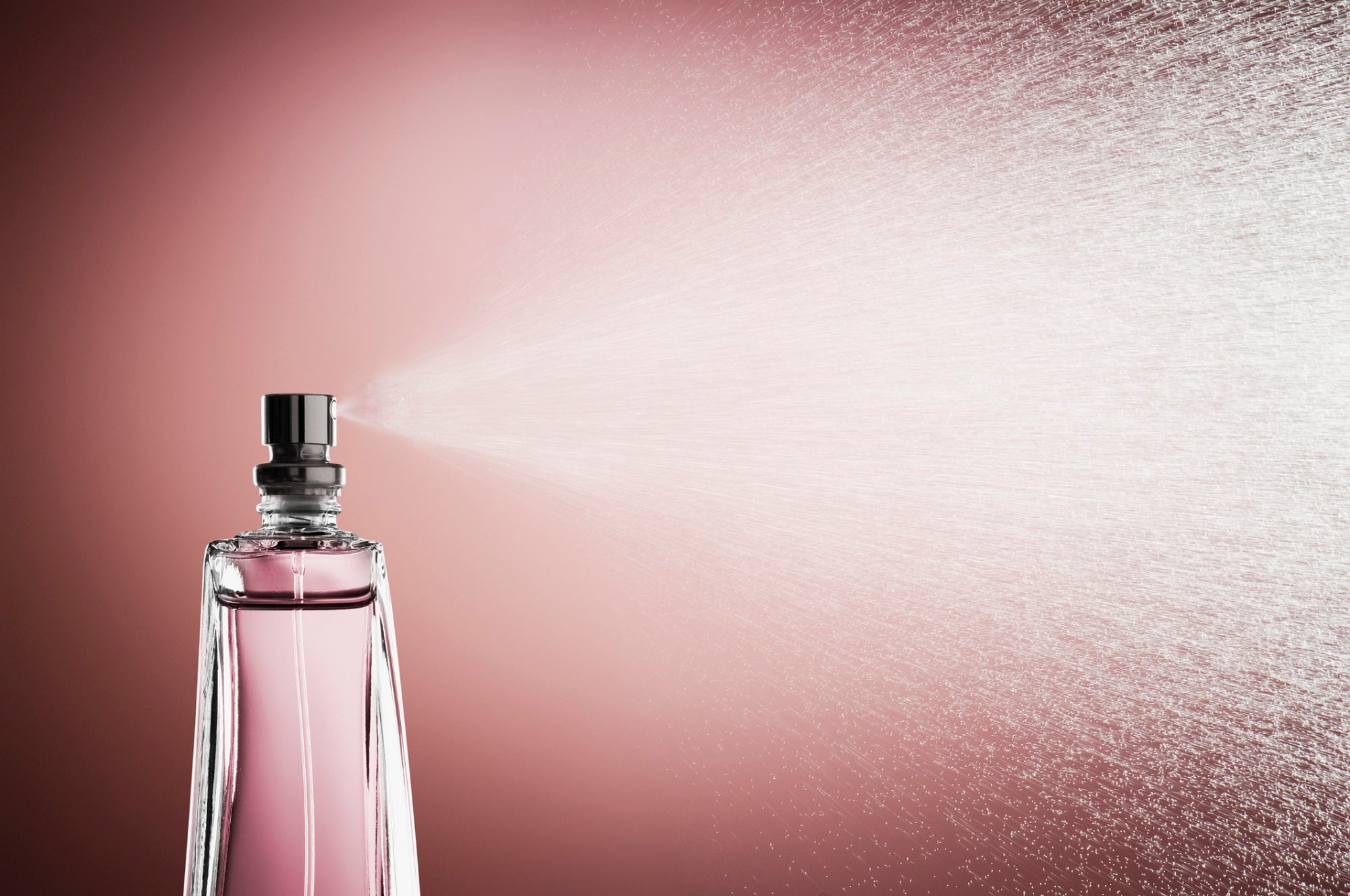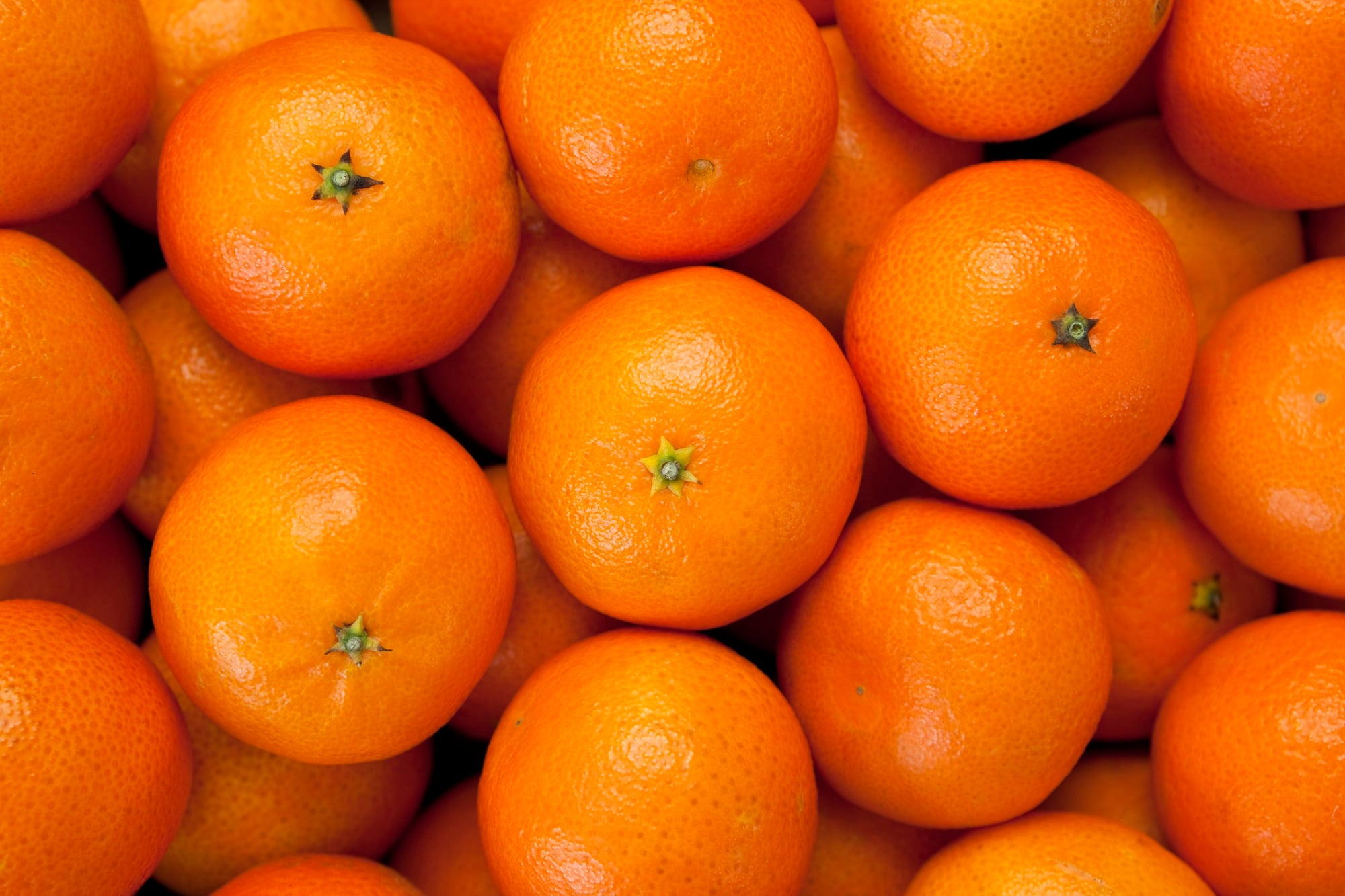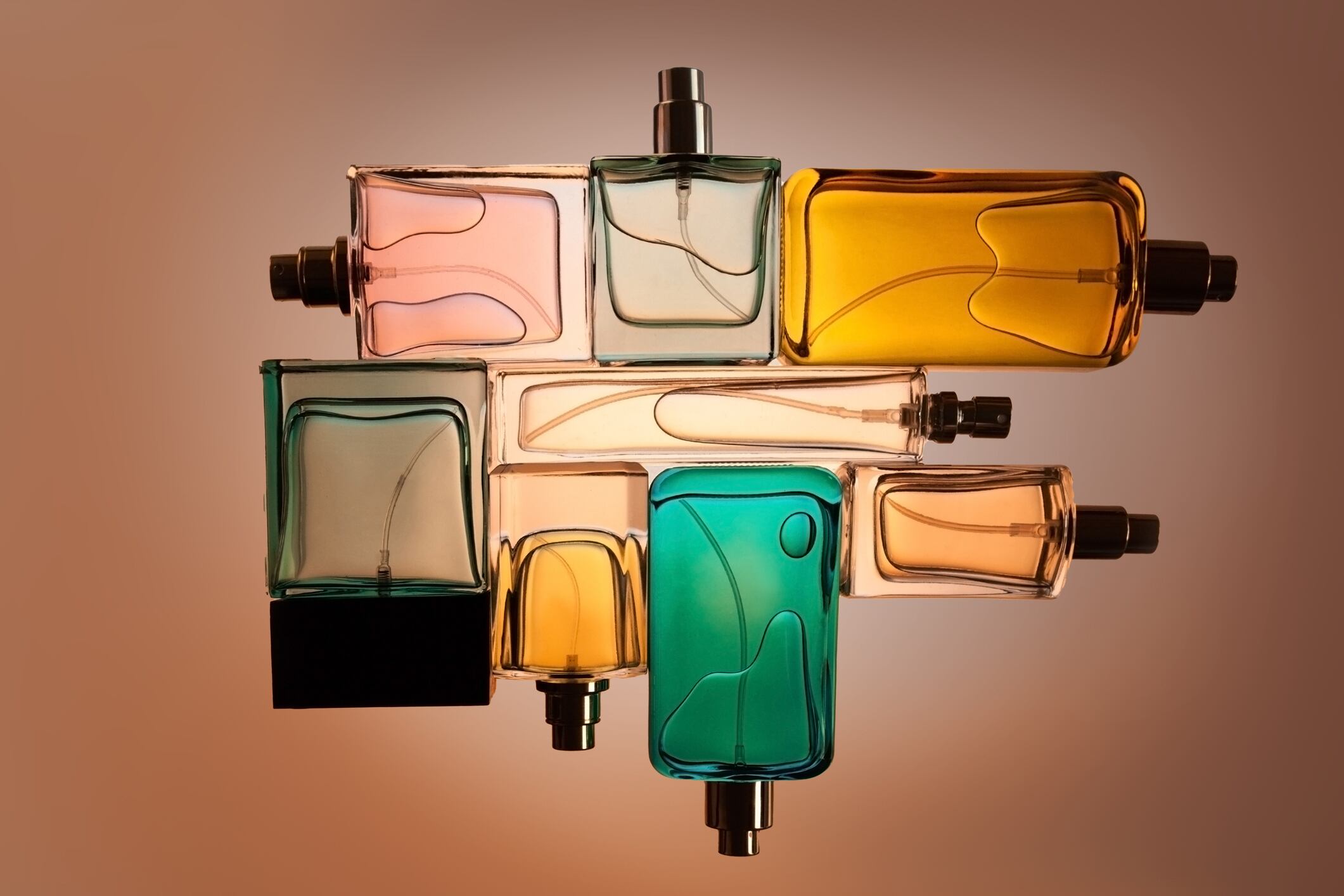As reported by the Environmental Working Group (EWG), “few consumer products contribute as many chemical exposures as cosmetics and other personal care products.” For example, “each day, American women use an average of 12 personal care products that contain 168 different chemicals, and men use an average of six personal care products that contain 85 different chemicals.”
Many of these products are for topical use, and many of these products are fragranced. A 2021 study on contact dermatitis noted that “fragrances are used widely in scented products used in daily life… such as creams and perfumes, intended to be rinsed off the skin such as shampoos or shaving products, or intended to be used as household items.”
The study further noted that “scented products contain low‐molecular‐weight chemicals that may have the potency to induce skin sensitization and subsequently, at sufficient exposure levels, cause allergic contact dermatitis.”
As consumers become increasingly aware and concerned with the ingredients used to formulate their cosmetic and personal care products, seeking to avoid unnecessary chemical exposure or allergic reactions, there is a pressing need for further research on fragrance ingredient exposure.
As a result, independent non-profit scientific research institute The Research Institute for Fragrance Materials has recently completed a study of fragrance ingredient exposure which determined exposure is orders of magnitude below the thresholds of concern, even in high end users.
To learn more about the study, including its methodology and key takeaways regarding the study’s determinations, as well as the study’s potential impact on the cosmetics and personal care product industry, CosmeticsDesign interviewed the study’s lead author, RIFM Senior Scientist Isabelle Lee, Ph.D., and co-author, RIFM President Anne Marie Api, Ph.D., Fellow ATS, for their insights.
CDU: Can you describe the study’s objectives and how the toxicologists at RIFM and Creme Global’s data scientists conducted the study?
Dr. Anne Marie Api: RIFM and the independent Expert Panel for Fragrance Safety have collaboratively studied the safe use of fragrance-producing ingredients for over half a century. This scientific work has underscored how little fragrance a person is exposed to—including the highest-end users and across all products consumed.
RIFM calculates exposure for its safety assessments via the Creme-RIFM Aggregate Exposure model, which uses habits and practices data from tens of thousands of consumers in North America, Europe, and Asia to provide realistic exposure estimates that consider all fragrances the population is exposed to across all consumer products used.
The Expert Panel for Fragrance Safety and RIFM felt it would be of significant benefit for Creme and RIFM to look at consumer exposure to fragrance overall to confirm our understanding regarding our relatively low exposure to fragrance-producing ingredients.
Dr. Isabelle Lee: We compared exposure to the approximately 3,000 in-use fragrance-producing ingredients to their respective Thresholds of Toxicological Concern (TTCs) and Dermal Sensitization Thresholds (DSTs). Representative fragrance ingredients were randomly selected and analyzed for exposure distribution by product type (i.e., personal, household, oral, and air care) and route of exposure. The Creme-RIFM Aggregate Exposure model performed exposure calculations.
CDU: What are the study’s key takeaways?
Dr. Isabelle Lee: First and foremost, even the highest-end users of fragranced products have extremely low exposure to fragrance—orders of magnitude below levels the international scientific community recognizes as safe.
Those levels, the TTC for systemic and inhalation exposure and the DST for exposure via the skin originated with the U.S. Food and Drug Administration’s Threshold of Regulation (ToR). The TTC expands upon the FDA’s ToR to consider an ingredient’s molecular structure in conjunction with its toxicity data. The TTC approach is internationally recognized by regulators, including the European Food Safety Authority (EFSA).
Dr. Anne Marie Api: Just because we can smell something does not mean there is much of the molecule or molecules that trigger this smell in the brain. Humans have surprisingly sensitive olfactory capabilities, able to detect specific scents in parts per million and, in many cases, parts per billion.
Dr. Isabelle Lee: RIFM found that for 76% of fragrance-producing ingredients, the systemic exposure experienced by the highest-end users falls below the TTC levels, while the inhalation exposure to 99% of fragrance materials falls below TTC levels.
CDU: Who commissioned the study, and what is the impact of the study’s findings on beauty companies, including industry manufacturers and suppliers?
Dr. Anne Marie Api: RIFM does not conduct commissioned studies; the Institute has a long history of generating safety assessments and an active research program to improve its ability to substantiate the safe use of fragrance ingredients. This paper, initiated through discussions between RIFM and the Expert Panel for Fragrance Safety, falls within RIFM’s longstanding NAMs Research Strategy.
NAMs stands for new approach methodologies, which RIFM has focused on for over a decade to avoid animal testing. Using the TTC, DST, and other NAMs, RIFM has saved over half a million animals. The Institute does not conduct any testing on animals for any of its human health endpoints.
Dr. Isabelle Lee: The impact of this study on the industry is a clearer and more focused understanding of the real-world exposure data on fragrance-producing ingredients. These data are a strategic component of RIFM’s Safety Assessment Program. If the Expert Panel concludes that the current exposure poses a risk, then they conclude risk management is required, which is outlined specifically in individual safety assessments.
After the RIFM safety assessment is published, the International Fragrance Association (IFRA) issues an IFRA Standard on the material using the levels that the RIFM safety assessment details. But this broad overview gives a big-picture understanding of fragrance and exposure that the industry has lacked for decades.
CDU: Are there any plans for further research in this space?
Dr. Isabelle Lee: Like many other scientific tools, the model is always being updated. Each fragrance ingredient is surveyed a minimum of every five years. The consumer product and habits and practices data are surveyed approximately every six years.
This means that the realistic fragrance exposure data RIFM uses is always current, and RIFM has historical data on using every fragrance ingredient in consumer products. In addition, RIFM is always investigating how the model can be expanded to other regions of the world. The critical data needed are measured habits and practices data in each region.
CDU: Anything else to add?
Dr. Anne Marie Api: RIFM makes all of its peer-reviewed safety assessments and research, including the recently published low-exposure paper, available to anyone worldwide via open access. The low-exposure paper can be accessed at https://doi.org/10.1016/j.yrtph.2024.105569.





